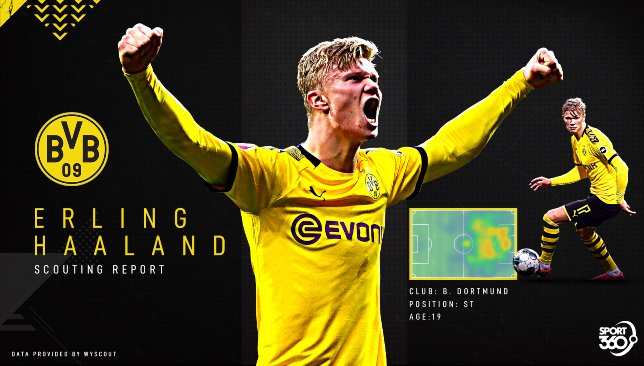
Not only does Erling Braut Haaland look like a carefully engineered cyborg programmed for the sole purpose of scoring goals, he plays like it.
The Borussia Dortmund youngster is one of the hottest properties in world football at the moment and embodies the term ‘goal machine’.
Here, we analyse the unstoppable striker and, using wyscout‘s extensive database, highlight what makes him so special.
PHYSICAL SPECIMEN
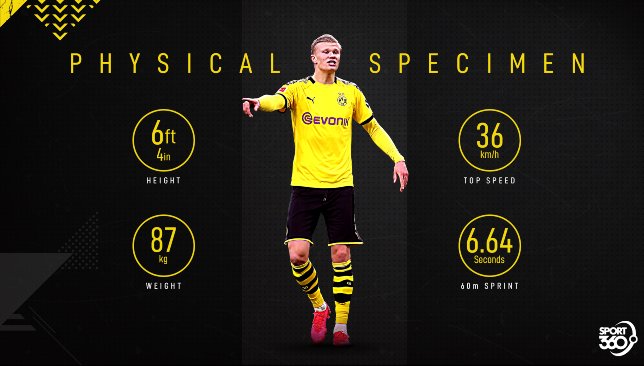
The first thing that strikes you about Haaland is his sheer size. He towers at 6ft 4in tall and weighs in at a sturdy 87 kilos, boasting an imposing physique which may become develop even further as he’s still only 19.
The striker gives the impression of a traditional number nine, appearing to have all the makings of a classic target man. But Haaland is far more evolved and has the sophistication and athleticism necessary to thrive in the modern game.
His strength is immediately obvious but it’s his deceptive pace that soon comes to light and is most impressive.
Given his meteoric rise in recent months, his speed can no longer be categorised as secret weapon but such is his gait that it still takes opponents by surprise.
Haaland doesn’t appear to move his feet all that quickly, certainly not at the pace of more obvious speedsters like Raheem Sterling or Kylian Mbappe, but his long legs eat up the turf beneath him while their extraordinary power provides a burst of acceleration, launching him into massive strides.
His goal during the Champions League round of 16 first leg against Paris-Saint Germain wasn’t the only reason for which he made headlines. There was one sprint early in the first half that caught the eye.
Having headed away Neymar’s corner at the near post, he set off on a lung-bursting run as Dortmund flooded forward on the break.
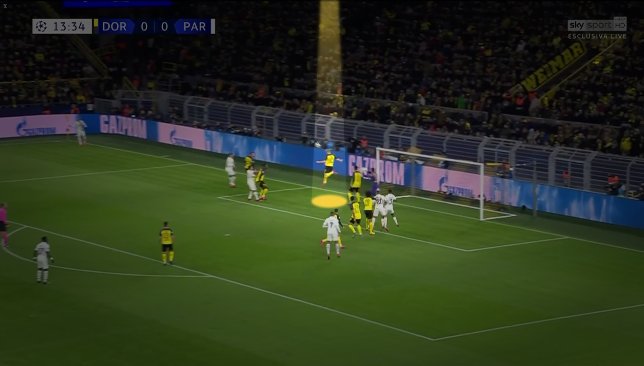
Such was his pace that he seemed be superimposed on the screen as he left opponents and team-mates alike in his wake, sparking a flurry of memes and GIFs on social media.
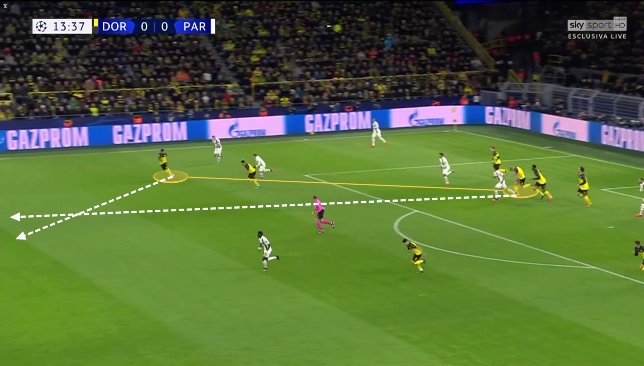
It was later revealed that he covered 60 metres in just 6.64 seconds during that sprint, reaching a top speed of 36km/h.
The 60-metre world-record is held by United States sprinter Christian Coleman at 6.34 seconds.
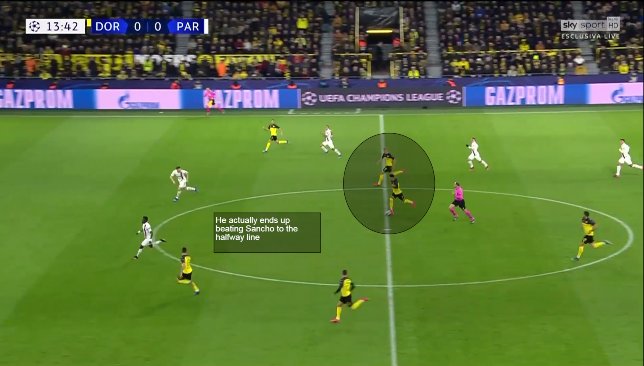
Often the greatest scope for improvement in young talents lie in the physical department. Even Cristiano Ronaldo had to put in immense time and effort to transform from a wiry teenager into a muscle-bound Adonis. Haaland is already there.
FINISHING
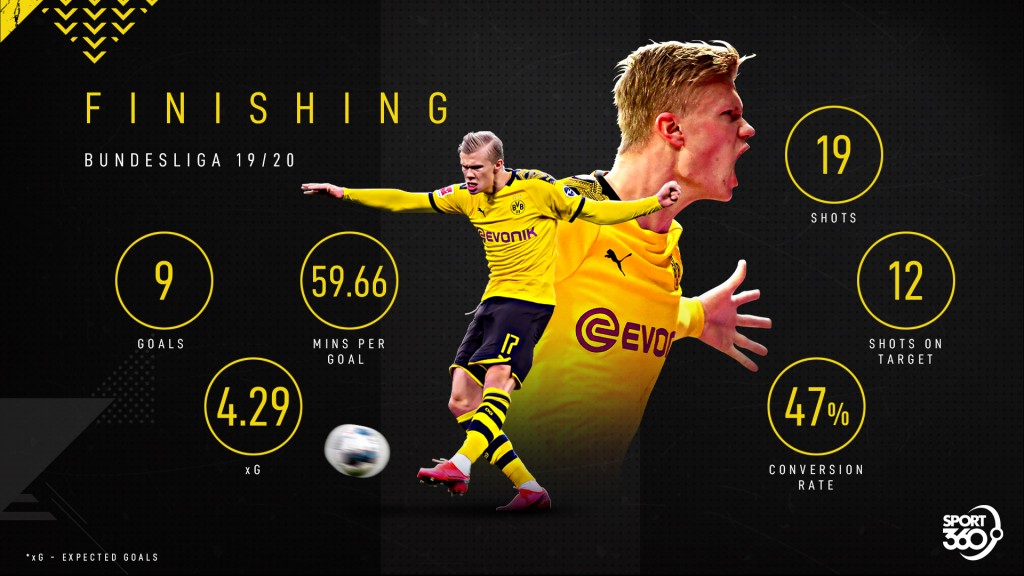
The numbers speak for themselves. Haaland has 40 goals for the season in 32 games across all competitions. With an xG [Expected Goals] of just 26.53, that speaks volumes for his clinical nature in front of goal.
The step up to Dortmund has been effortless with the striker already bagging 12 in his first 11 appearances. With nine goals from just 19 shots in the Bundesliga so far, he boasts a conversion rate of 47 per cent, the best in the division among players with more than five appearances.
Much of his precision in front of goal is owed to his movement inside the box. Take his goal against Werder Bremen for instance. He darts towards the goal as soon as Achraf Hakimi runs on to a ball from Jadon Sancho. But the defender has a look over his shoulder and spots the run.
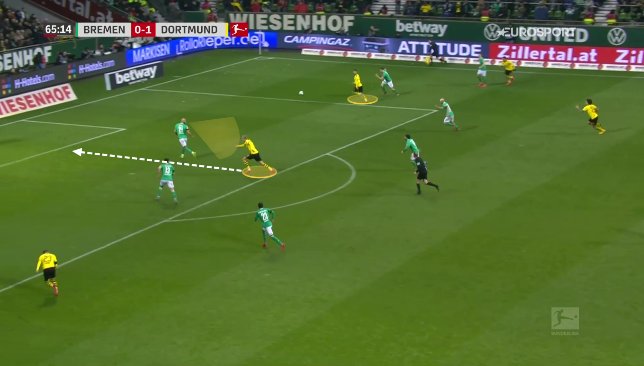
What he spotted though was only a decoy. Haaland swiftly changes direction and gets ahead at the near post instead.
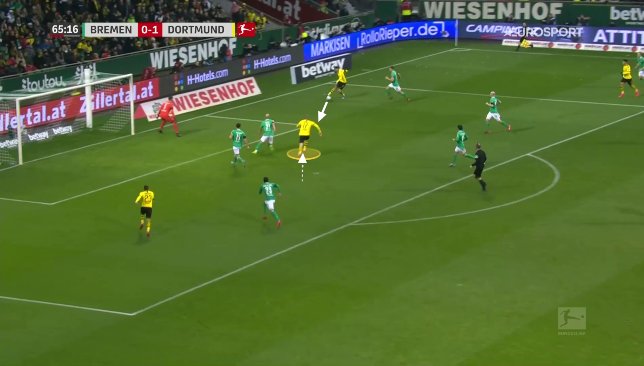
The finish is a thing of beauty as well. With the pass played behind him, he adjusts his body superbly and makes a sweet connection with his weaker right foot.
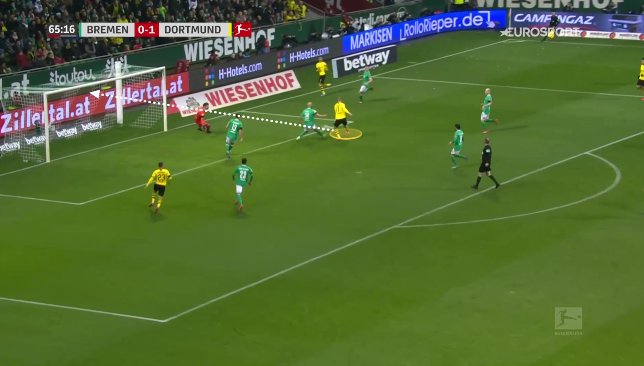
The same combination had worked excellently in an earlier match against Eintracht Frankfurt as well. Sancho passed to the overlapping Hakimi while Haaland checked his run and appeared at the near post to sweep in the cut-back.
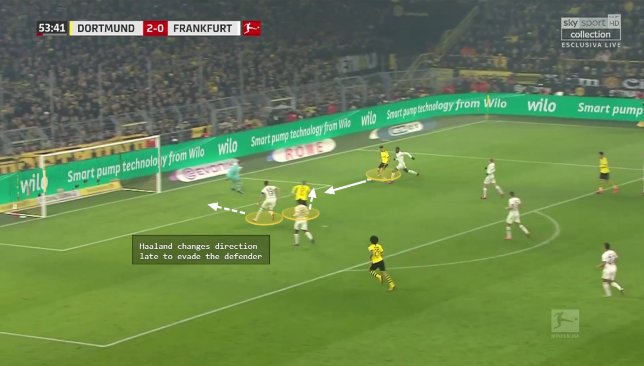
What’s even more impressive is how he managed to select the correct run in a cup game against Bremen. It seems like an identical scenario to the aforementioned ones with Julian Brandt delivering the pass this time.
However, his movement is reversed. He makes a jerk to the near post, selling it to the defender well, before running to the middle of the goal and finishing into an empty net.
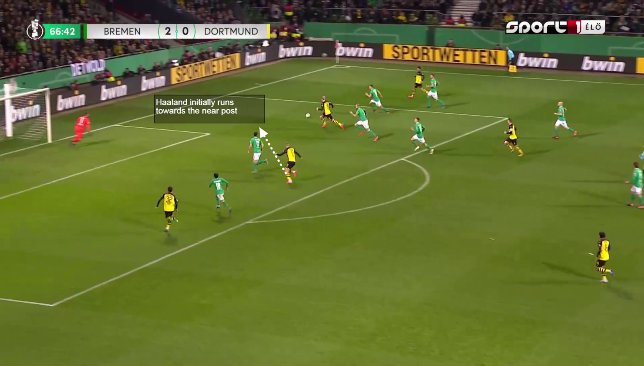
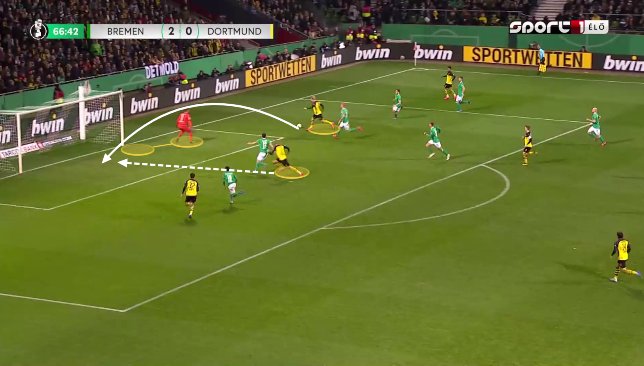
Why did he do that?
Compare it with the goal he scored against the same team in the league. If you look closely, the distance between the keeper and the last defender is greater on this occasion. The keeper is also well off his line, creating a tighter angle for the shot at the near post. Meanwhile, Brandt is also closer in than Hakimi was so he can either fizz a pass past the keeper without interception or lob it over him, he opts for the latter.
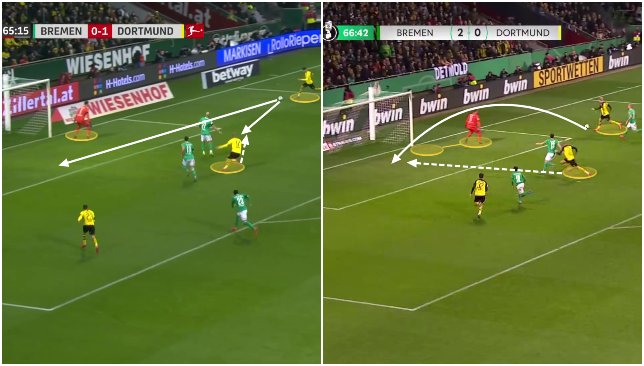
It’s not likely that Haaland has actually factored in all those variables before making his move. Instead, he seems to have an instinctive ability to sniff out the space and attack it. It’s really quite remarkable and it’s why he’s destined to score goals throughout his career.
You also have to do the basics right and Haaland has no problem with that. On his Dortmund debut against Augsburg, he times his run to perfection and when the ball arrives, he employs an early first-time finish, striking low and across the keeper into the far corner – textbook.
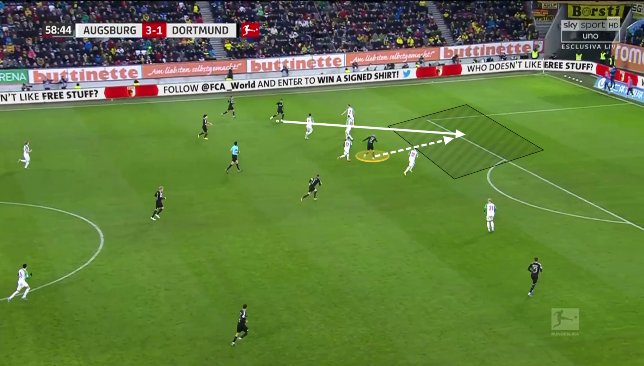
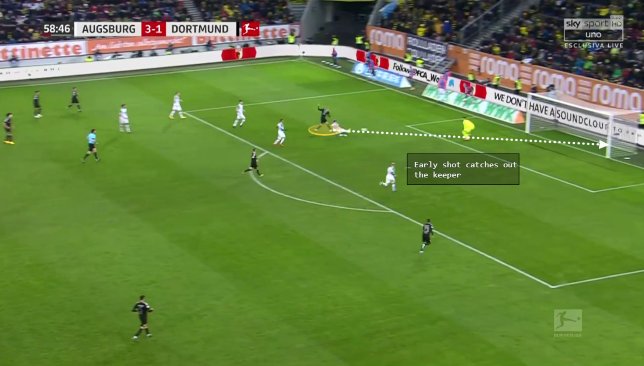
And then there are finishes that highlight what a special talent he is. Running in behind the Koln defence, he goes around the keeper but rather than panic and hit it early from a tight angle or try something elaborate in order to open up the angle and risk defenders getting back, he simply steadies himself.
The angle he’s presented with seems impossible but he’s got all the composure in the world and simply passes the ball through the tightest of corridors and into the goal.
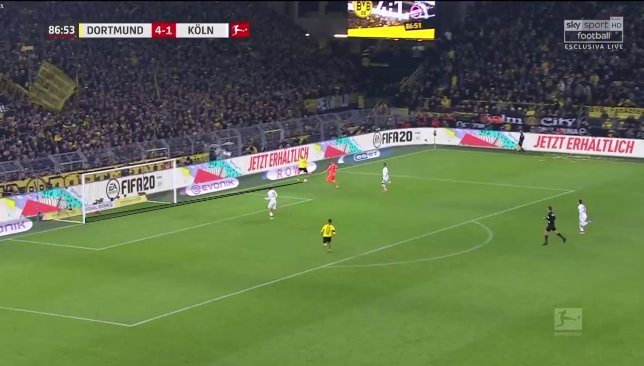
Finally, he makes a point to remind us that he can in fact score from outside the area too and he does so emphatically. Receiving the ball from Giovanni Reyna, he takes one touch before absolutely lashing the ball into the roof of the net.
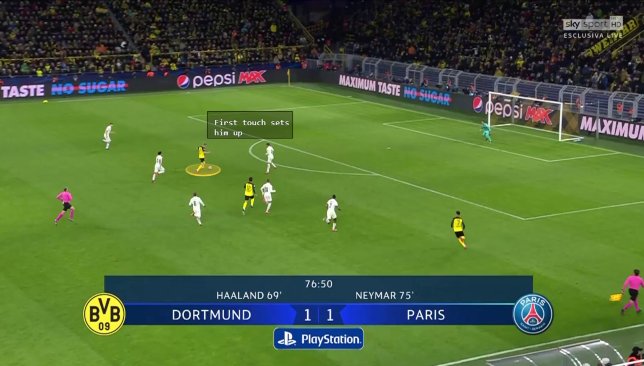
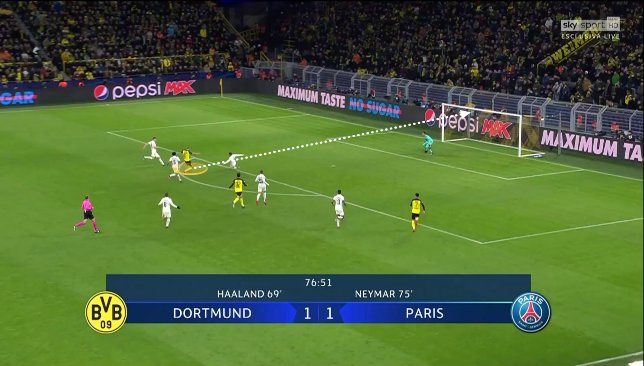
MOVEMENT AND CREATIVTY
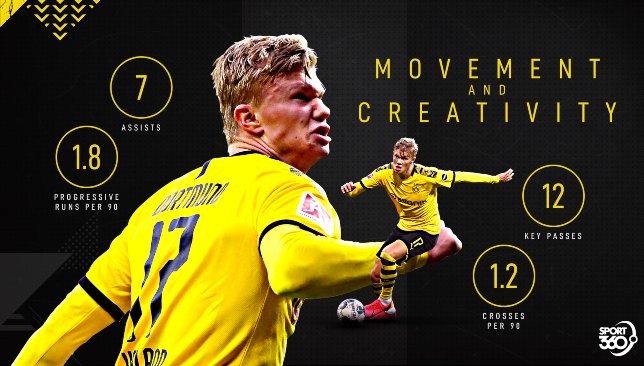
We’ve already touched on his intelligent runs inside the area when attacking the six-yard box but there’s so much more to Haaland’s movement.
His goal for Salzburg earlier in the season was a good example. He drops off and creates the space in behind for Hwang Hee-chan.
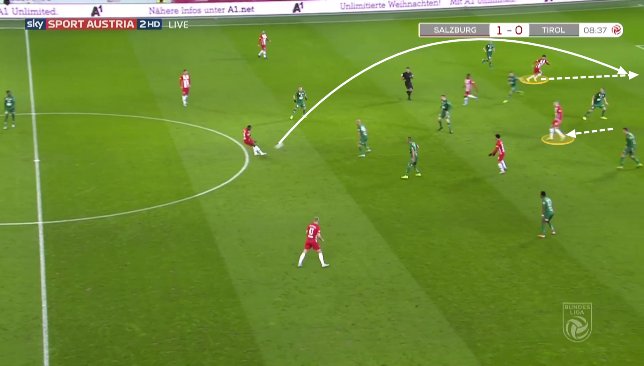
He then shows great acceleration and desire to arrive in the box for a tap-in.
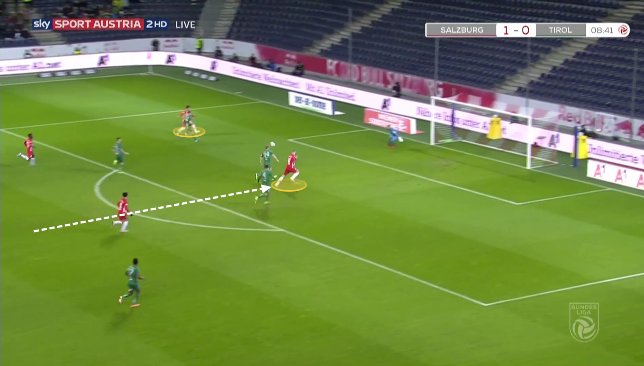
Against Hartberg, he sees the right-back step up to pressure the man on the ball and instinctively moves into the space behind him.
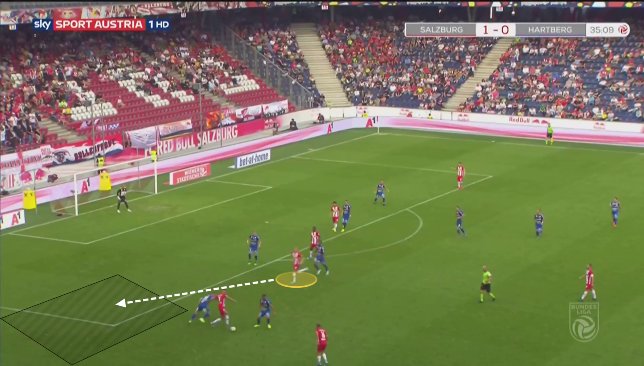
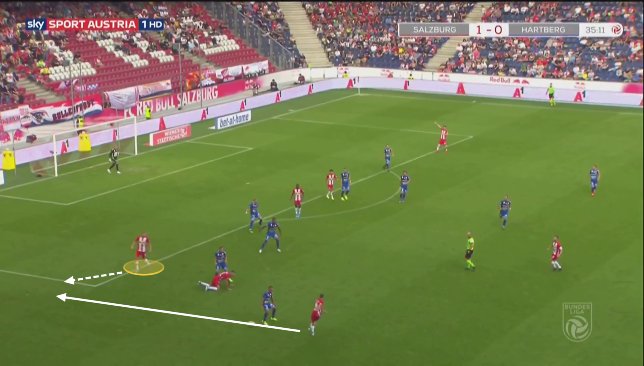
He’s soon picked out and an early cross in leads to a goal.
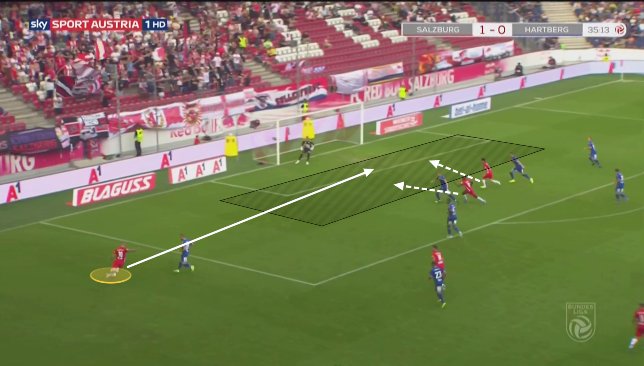
With his movement, Haaland will regularly run the channels and isn’t afraid to drift wide in order to get in behind the defence.
As he often does, Haaland lurks on the shoulder of the last defender against Genk and gets into a great crossing position.
What’s outstanding though is how he checks his pass, waits for Hee-chan to change direction and get ahead of the defender at the near post before finally picking him out.
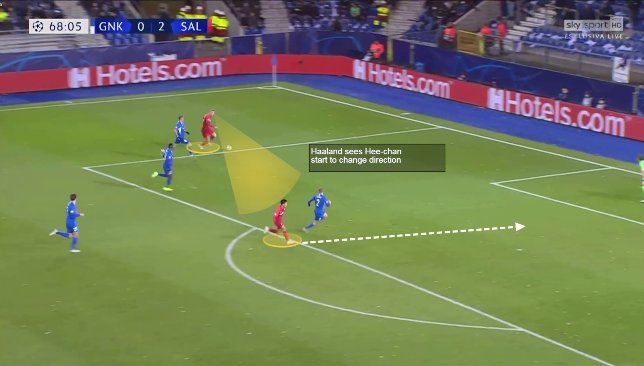
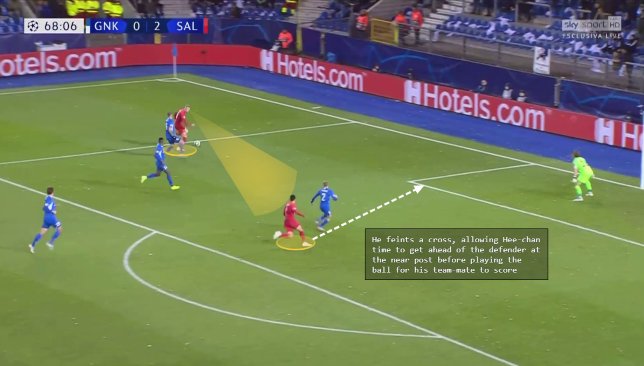
Back in Molde against Sandefjord, he showed brilliant awareness when a loose ball falls to him. He immediately hooks it over his shoulder and into space for his team-mate who goes clean through to score.
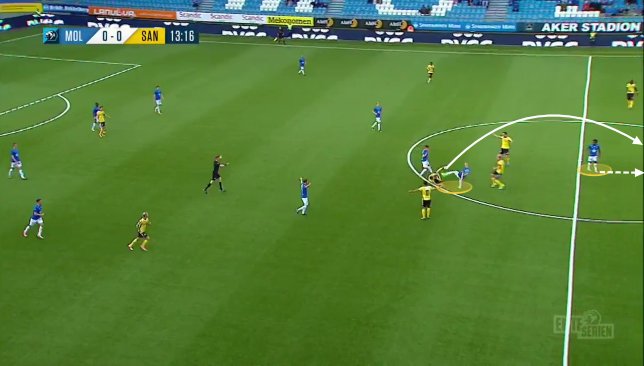
He does well again in the transition against Mainz, winning a duel that sets up the possibility for a break.
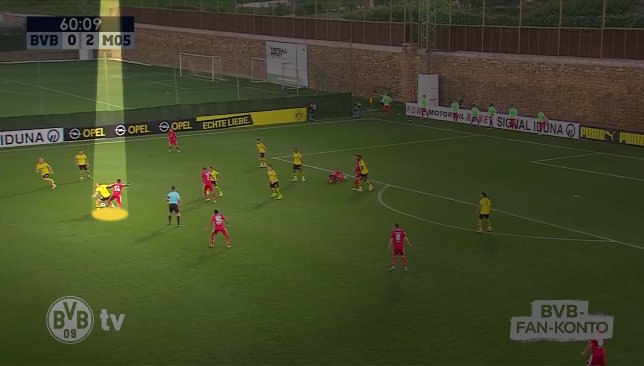
He releases a team-mate early with an excellent pass with the outside of his left boot.
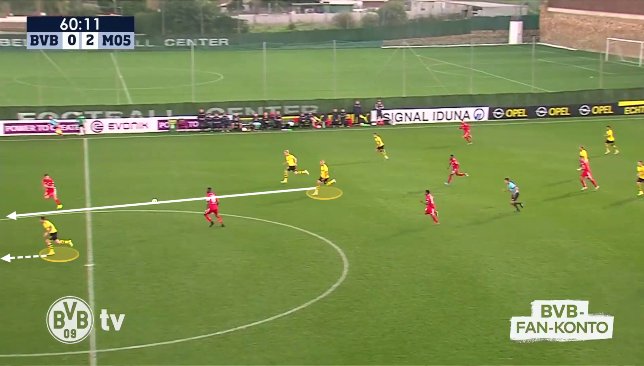
WEAKNESS
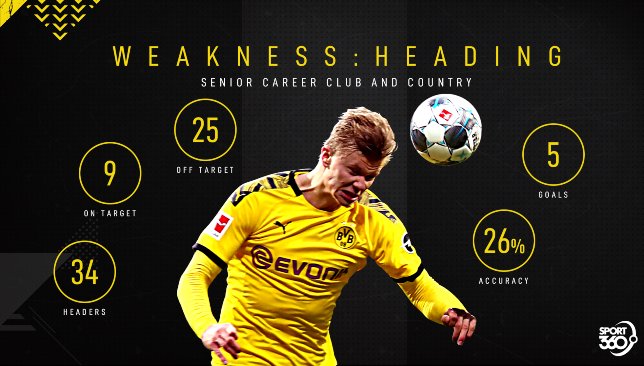
Haaland is already among the most complete strikers in football but the frightening reality is that he can definitely get even better.
On occasion, his first touch or close control can let him down and to eventually raise his game to the level of someone like Robert Lewandowski, that’s the sort of thing that needs to improve.
However, his biggest weakness is also his most surprising one, and if rectified, could see him hit the back of the net with even greater frequency.
He’s scored from a couple of good headers during his fledgling career but despite his stature, it’s not exactly his forte. In fact, he’s been guilty of some pretty wild headed efforts from seemingly great opportunities.
This one for Salazburg against Mattersburg is particularly alarming. He has a free header at the back post and gets up well to meet a fine cross but inexplicably glances well wide with a poor connection.
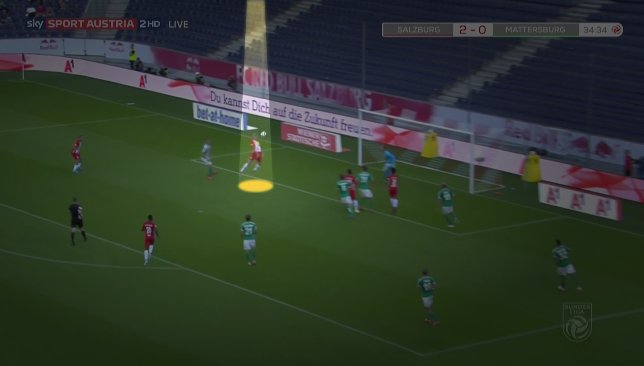
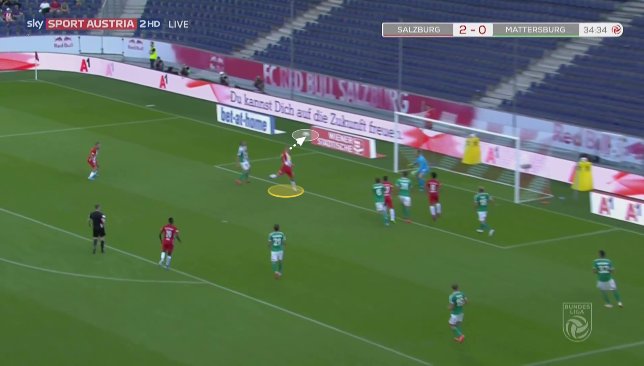
Against Hartberg, he almost tries to get too much on his header and sends it looping into the stands.
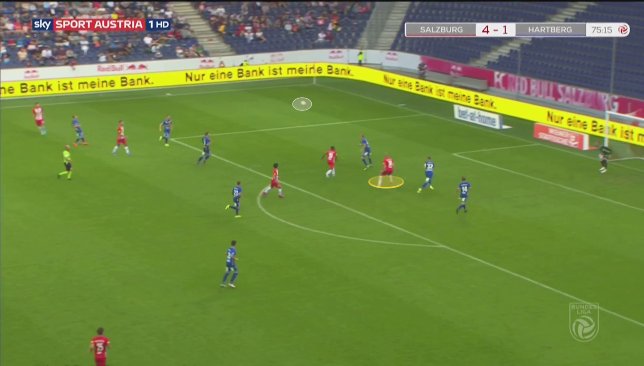
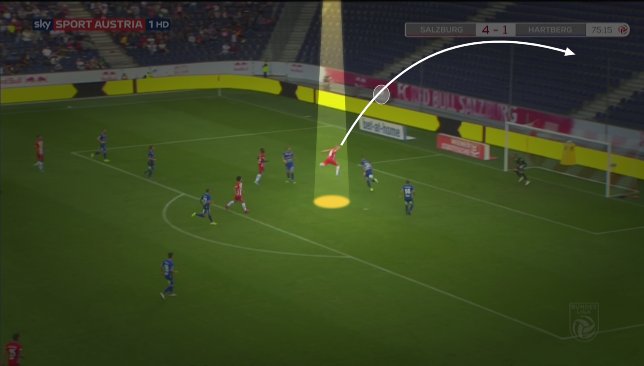
He produces a similarly poor effort for Norway against Malta, his header finding the stands again.
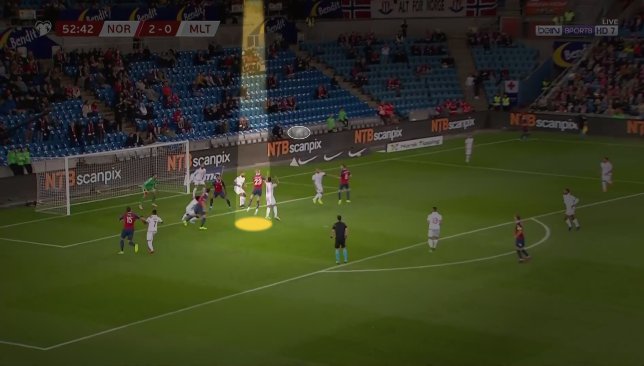
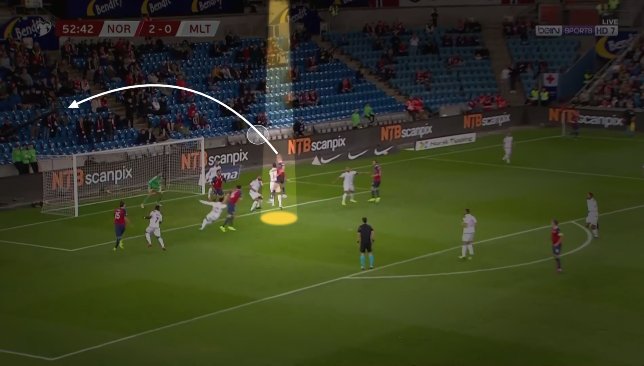
Here, he has a decent chance from Sancho’s cross against PSG but misses it completely as it fizzes by.
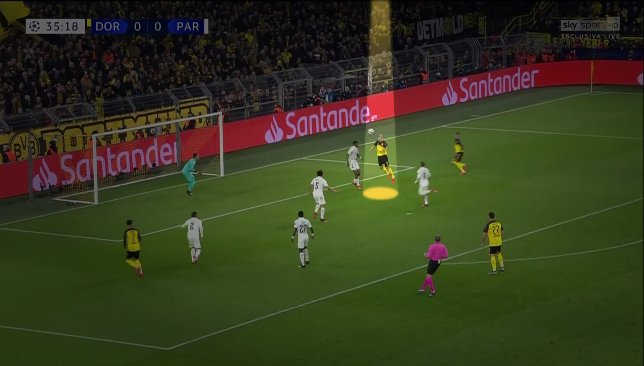
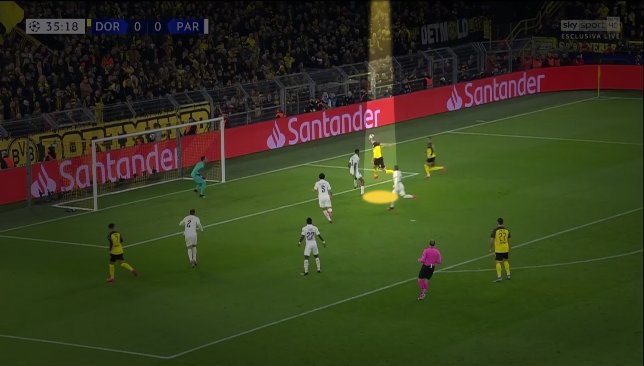
In his senior career for club and country, Haaland has attempted 34 headers at goal, scoring five. Having sifted through each of those opportunities on wyscout, it’s clear that he should’ve scored at least twice as many.
Mostly from excellent positions, 25 of those headers were off target, and usually by quite some distance.
With an accuracy of just 26 per cent, there’s certainly room for improvement.
CONCLUSION
Haaland made his senior debut for hometown club Bryne as a 15-year-old of slight built operating on the wing. Around the same time, he also had an unsuccessful trial at Hoffenheim.
His progress during the four years since has been simply phenomenal and he’s only going to get better.
There’s no doubt now that his domination in front of goal is only beginning. That’s just the way he’s wired.